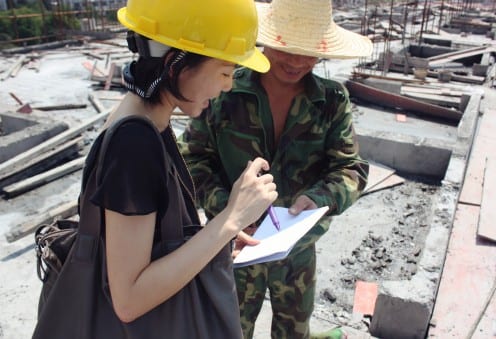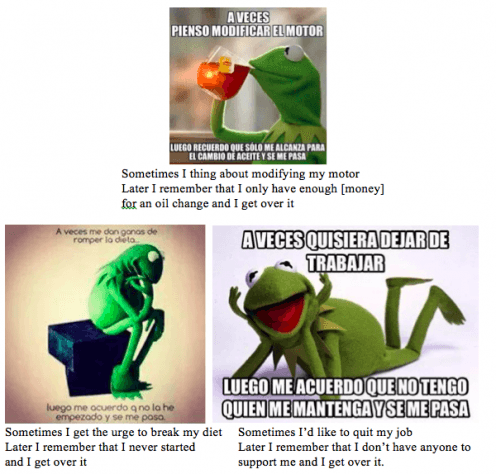A close-up look at Chinese social media platforms
By Tom McDonald, on 11 February 2016

Tom McDonald and Xinyuan Wang introduce China’s social media platforms
Chinese social media is remarkable because despite extensive media coverage and academic research, these platforms remain something of an enigma to many non-Chinese people.
While internet censorship within China prevents Chinese users from accessing non-Chinese social media platforms such as Facebook and Twitter, by contrast the extensive use of Chinese language on Chinese social media is perhaps the main barrier stopping many non-Chinese people seeing what goes on in these spaces.
We think that any informed discussion of the impacts of Chinese social media needs to start with helping people learn about what these platforms are really like. So we made a film introducing the key social media platforms in China, which will appear on our new free online course on the anthropology of social media, launching on 29 February 2016.
In the video, Xinyuan Wang and I introduce the wide variety of social media platforms in China, including QQ, QZone, WeChat, and Sina Weibo. Our description give an idea of the varied functionality of the different platforms: allowing users to instant message their fiends as well as post their thoughts and feelings.
The video also shows some unusual aspects of the same platforms that make Chinese social media especially distinctive: the ability to decorate one’s profile page with fantastic themes, add friends by shaking one’s phone, and also celebrity culture on Weibo.
We also talk about which of these platforms are popular in each of our industrial and rural field sites in China (where we each lived for 15 months conducting research) and we explain some of the reasons that account for this.
We will be exploring these reasons in even greater depth in the free online course and our new free book How The World Changed Social Media, both of which will be released on 29 February, and which you can register to receive reminders for today!
 Close
Close













